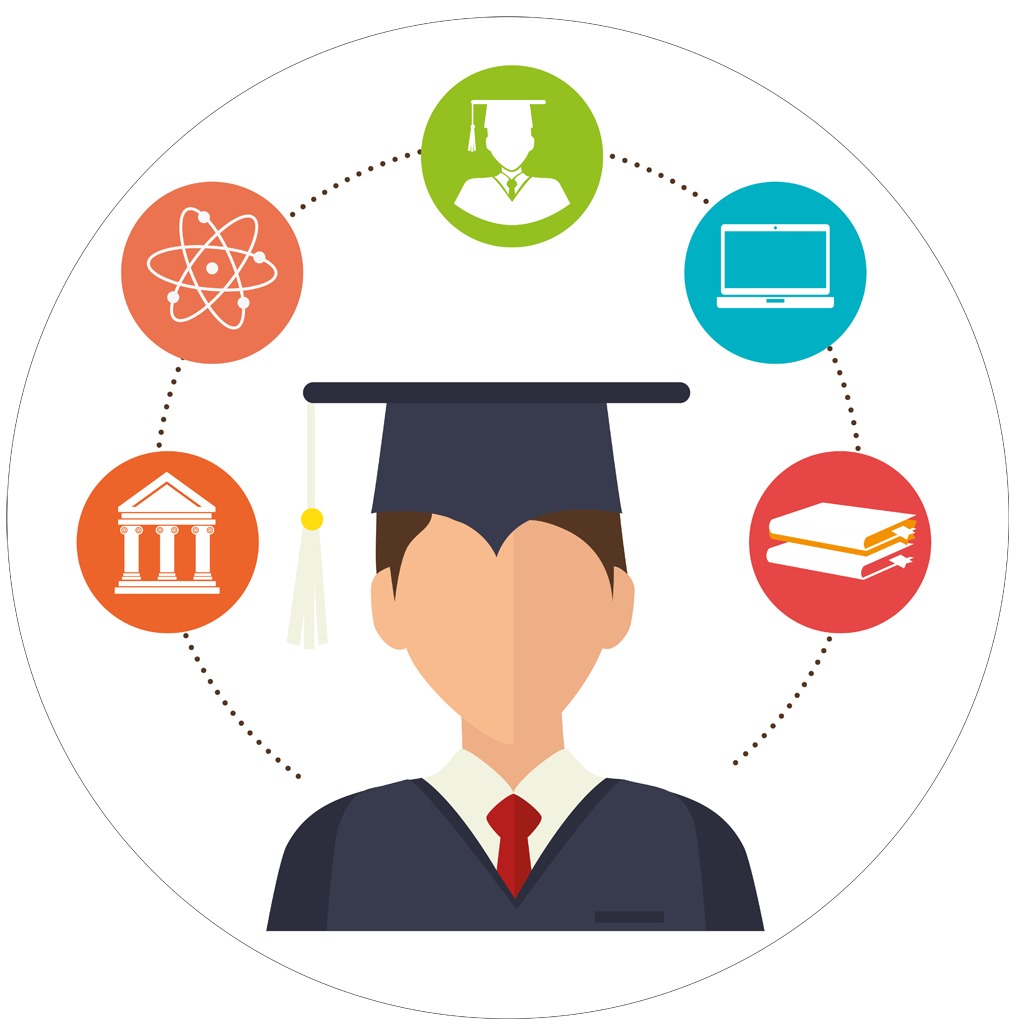Mastering an interview—whether for a job or a scholarship—requires a blend of preparation, presentation, and follow-through. This guide offers actionable techniques to transform nervous energy into InterviewPro-level performance and position you for DreamHire or ScholarSuccess.
Meet our thread: Maya, a student who moved from missed opportunities to receiving multiple offers. Her steps illustrate practical moves you can copy for your own CareerQuest.
Preparing for Interviews: Research, Mindset and Practical Tools to AceInterview
Preparation begins with targeted research and mental rehearsal. Maya spent two weeks building a concise narrative about her achievements and aligning them to the institution’s mission. That clarity let her control the interview arc and present a compelling case for selection.
- Research the organization or scholarship: mission, recent news, selection criteria, and alumni stories.
- Craft a 60-second personal pitch that links your strengths to the role or scholarship.
- Practice answers to likely questions out loud and record yourself for body-language review.
- Prepare 3-5 tailored questions to ask interviewers that demonstrate curiosity and strategic fit.
Practical resources can accelerate preparation. For structured public speaking practice and confidence-building, consult public speaking tips for students. To broaden your options early, explore curated global scholarship opportunities.
Interview Checklist and Time Management
Time-box your preparation to avoid burnout. Maya divided tasks into research, rehearsals, and logistics, giving each area focused slots over two weeks.
- 7 days for research and tailoring application themes.
- 4 days for rehearsing answers and refining anecdotes.
- 2 days for logistics: travel, tech checks, and outfit planning.
Key insight: Structured rehearsal creates calm and clarity—two traits interviewers value highly.
Answering Questions Confidently: Behavioral Techniques and Scholarship-Specific Strategies for JobAce
Effective answers combine structure, evidence, and reflection. Maya used the STAR format (Situation, Task, Action, Result) for behavioral questions and adapted it to highlight academic impact for scholarship panels.
- Use STAR to frame stories and quantify outcomes when possible.
- When asked about setbacks, focus on learning and concrete changes implemented afterwards.
- For scholarship interviews, emphasize the projected impact of funding on specific goals.
Specialized guides improve targeted performance. For deep-dive strategies on full scholarships, see this guide to full-ride scholarships and tactical methods at effective full-ride strategies.
Adapting Answers for Different Panels
Different interviewers value different signals. Corporate recruiters lean toward problem-solving and teamwork, while scholarship panels prize community impact and academic leadership. Maya mapped her stories to these priorities in advance.
- Corporate role: emphasize measurable outcomes and teamwork dynamics.
- Scholarship panel: emphasize purpose, community contribution, and future plans.
- Creative or audition-based scholarships: blend technical skill demonstrations with reflective sketches of artistic intent (see audition strategies).
For audition-oriented preparation, check targeted advice at music scholarship audition strategies. Key insight: Tailored storytelling signals fit and foresight to selectors.
Body Language, Presentation and Follow-Up to Become a HireMaster
Nonverbal cues influence perceptions instantly. Maya used small behavioral changes—steady eye contact, open posture, and purposeful gestures—to project confidence without overcompensation. Presentation includes attire, tech checks, and concise visuals when permitted.
- Maintain open posture and nod to show active listening.
- Use measured hand gestures to emphasize key points; avoid fidgeting.
- Follow-up within 24-48 hours with a concise thank-you that restates one or two strengths.
After interviews, strategic follow-up can tip close decisions. For protecting yourself against fraudulent offers or misleading communications, consult information on scholarship scams.
Digital Presence and Remote Interview Best Practices
Remote interviews require extra care: camera angle, lighting, and background. Maya used a neutral backdrop and tested audio/video in advance to avoid technical surprises.
- Position camera at eye level and ensure even lighting on your face.
- Use wired internet when possible and mute notifications before starting.
- Have a short visual portfolio ready to share if the interviewer asks for examples.
Key insight: Technical polish prevents distraction—let your content command attention, not your setup.
Case Study and Roadmap: Maya’s Path to ScholarPath and JobNinja Success
Maya combined structured practice, targeted storytelling, and consistent follow-up to transform rejections into offers. Her plan included mapping each application to measurable goals and seeking mentors for mock panels.
- Month 1: Gather target lists and research selection criteria.
- Month 2: Build and rehearse core stories; record mock interviews.
- Month 3: Execute applications, attend interviews, and follow up strategically.
Her wins included a university scholarship and a role in a nonprofit program. For aspirants aiming at prestigious awards, investigate the process for elite fellowships such as how to secure the Rhodes Scholarship and essential steps in the Chevening scholarship guide.
Actionable Roadmap You Can Copy
Replicate Maya’s approach with disciplined steps and clear metrics. She set weekly outcomes and reflected on each interview to iterate improvements.
- Set SMART goals for outreach and preparation.
- Request feedback after unsuccessful interviews to refine approach.
- Keep a running log of stories, outcomes, and lessons learned.
Key insight: Iteration and reflection move you from aspiring to InterviewGenius—consistent, measurable progress beats sporadic effort.

